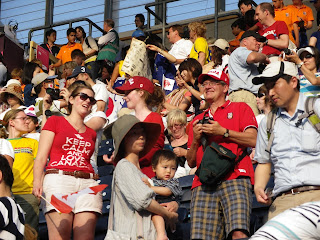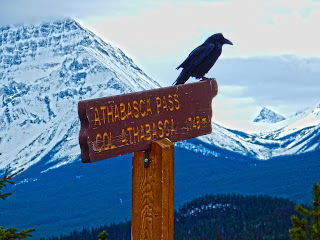 |
| Jan, Yvonne, Teresa, Me |
Forty years ago this spring, my friends Jan, Yvonne, Teresa and I entered the South Peace boat race. The boat race was a yearly thing in our high school. Canoes, rowboats, kayaks, inner tubes, loose boards lashed together with rope-anything that would float.
A staggered start. We launched our craft through the double culverts under 17th street and paddled down the twists and turns of Dawson Creek, under the bridge, past the clusters of stoners chilling in the April sun, past the library, finishing up in the park just beyond the hospital.
We were confident. We had my dad's aluminum rowboat. We were sure we had it all under control. Until we hit the water. We spun around several times before crashing into the concrete between the culverts. Then we floated helplessly backwards till we emerged on the other side.
We got caught up on deadfall. Couldn't make the boat go straight. Had to haul it over fallen logs. Endured the jeers of the spectators on the creek bank. Mostly we laughed.
But we didn't dump. A few others did. I don't recall any hospitalizations or injuries besides a few bruises and maybe a bit of exposure. Randy Soderquist won in his canoe with a time of 26 minutes. We finished up with a time of 1 hour and 40 minutes. The longest time in the water of any team before or after.
"After" wasn't long since the boat race was cancelled due to liability issues.
A little creek in a little town. A few kids. A lot of fun.
All gone but for the memories.














 are converted to ranks
are converted to ranks  , and
, and  computed from:
computed from: where
where denotes the Pearson correlation applied to the rank variables where
denotes the Pearson correlation applied to the rank variables where  is the difference between the two ranks of each observation.
is the difference between the two ranks of each observation.






